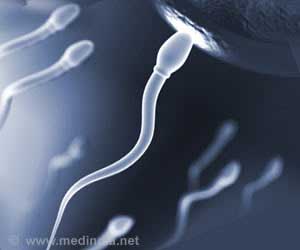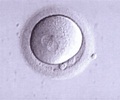Simon and his team managed to reprogram mature skin cells by introducing a cocktail of genes needed to create gametes.

‘Spanish scientists develop human sperm from skin cells, increasing the hopes for potent infertility treatments in near future.’





"What to do when someone who wants to have a child lacks gametes (eggs or sperm)?" asked Carlos Simon, the scientific director of the Valencian Infertility Institute, Spain's first medical institution fully dedicated to assisted reproduction. "This is the problem we want to address: to be able to create gametes in people who do not have them."
The result of their research, which was carried out with Stanford University in the United States, was published in Scientific Reports, the online journal of Nature.
They were inspired by the work of Japan's Shinya Yamanaka and Britain's John Gordon who in 2012 shared a Nobel prize for the discovery that adult cells can be transformed back into embryo-like stem cells.
Simon and his team managed to reprogram mature skin cells by introducing a cocktail of genes needed to create gametes.
Within a month the skin cell was transformed to become a germ cell, which can develop into sperm or an egg, but it did not have the ability to fertilize, they found.
"This is a sperm but it needs a further maturation phase to become a gamete. This is just the beginning," Simon said.
It is a step further than that reached by Chinese researchers who earlier this year announced they had created mice from artificial sperm.
"With the human species we must do much more testing because we are talking about the birth of child," Simon said.
The researchers also must take into account legal constraints since the technique involves the creation of artificial embryos which right now is only allowed in some countries.
"We are talking about a long process," Simon said.
Source-AFP














